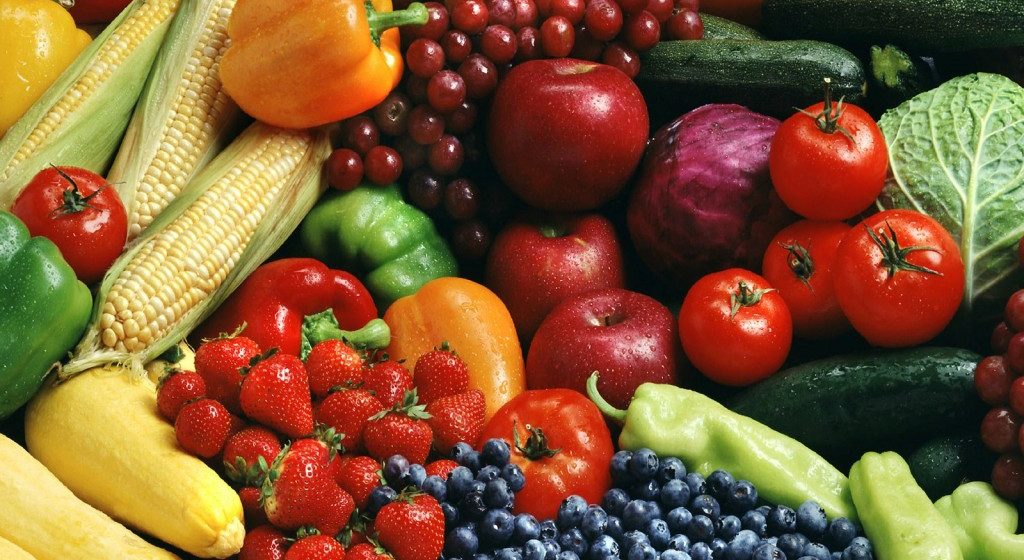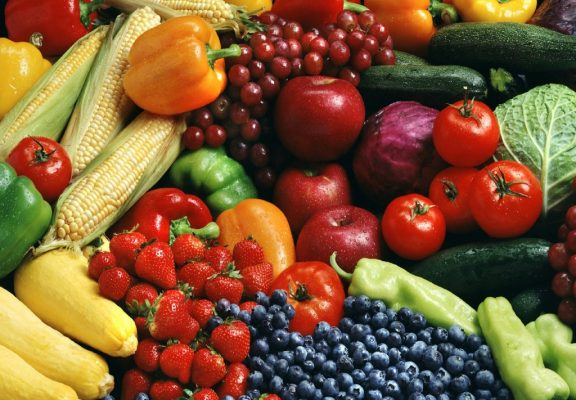

World Food Day
Food safety and Nutrition are inextricably linked, particularly in places where food supplies are insecure. When food becomes scarce, hygiene, safety and nutrition are often ignored as people shift to less nutritious diets and consume more ‘unsafe foods’ — in which chemical, microbiological, zoonotic and other hazards pose a health risk.
AHO works to promote the availability of safe, healthy and wholesome food for everyone to improve food and nutrition security. AHO strongly promotes the integration of food safety into nutrition and food security programmes.
5 keys to a healthy diet
Breastfeed babies and young children

- From birth to 6 months of age, feed babies exclusively with breast milk (i.e. give them no other food or drink), and feed them “on demand” (i.e. often as they want, day and night)
- At 6 months of age, introduce a variety of safe and nutritious foods to complement breastfeeding, and continue to breastfeed until babies are 2 years of age or beyond.
- Do not add salt or sugars to foods for babies and young children
Why?
On its own, breast milk provides all the nutrients and fluids that babies need for their first 6 months of healthy growth and development. Exclusively breastfed babies have better resistance against common childhood illnesses such as diarrhoea, respiratory infections and ear infections. In later life, those who were breastfed as infants are less likely to become overweight or obese, or to suffer from noncommunicable diseases, such as diabetes, heart disease and stroke.
Eat a variety of foods

- Eat a combination of different foods, including staple foods (e.g. cereals such as wheat, barley, rye, maize or rice, or starchy tubers or roots such as potato, yam, taro or cassava), legumes (e.g. lentils, beans), vegetables, fruit and foods from animals sources (e.g. meat, fish, eggs and milk)
Why?
Eating a variety of whole (i.e. unprocessed) and fresh foods every day helps children and adults to obtain the right amounts of essential nutrients. It also helps them to avoid a diet that is high in sugars, fats and salt, which can lead to unhealthy weight gain (i.e. overweight and obesity) and noncommunicable diseases. Eating a healthy, balanced diet is especially important for young children’s and development; it also helps older people to have healthier and more active lives.
Eat plenty of vegetables and fruit

- Eat a wide variety of vegetables and fruit
- For snacks, choose raw vegetables and fresh fruit, rather than foods that are high in sugars, fats or salt
- Avoid overcooking vegetables and fruit as this can lead to the loss of important vitamins
- When using canned or dried vegetables and fruit, choose varieties without added salt and sugars
Why?
Vegetables and fruit are important sources of vitamins, minerals, dietary fibre, plant protein and antioxidants. People whose diets are rich in vegetables and fruit have a significantly lower risk of obesity, heart disease, stroke, diabetes and certain types of cancer.
Eat moderate amounts of fats and oils

- Use unsaturated vegetable oils (e.g. olive, soy, sunflower or corn oil) rather than animals fats or oils high in saturated fats (e.g. butter, ghee, lard, coconut and palm oil)
- Choose white meat (e.g. poultry) and fish, which are generally low in fats, in preference to red meat
- Eat only limited amounts of processed meats because these are high in fat and salt
- Where possible, opt for low-fat or reduced’fat versions of milk and dairy products
- Avoid processed, baked and fried foods that contain industrially produced trans-fat
Why?
Fats and oils are concentrated sources of energy, and eating too much fat, particularly the wrong kinds of fat, can be harmful to health. For example, people who eat too much saturated fat and trans-fat are at higher risk of heart disease and stroke. Trans-fat may occur naturally in certain meat and milk products, but the industrially produced trans-fat (e.g. partially hydrogenated oils) present in various processed foods is the main source.
Eat less salt and sugars

- When cooking and preparing foods, limit the amount of salt and high-sodium condiments (e.g. soy sauce and fish sauce)
- Avoid foods (e.g. snacks), that are high in salt and sugars
- Limit intake of soft drinks or soda and other drinks that are high in sugars (e.g. fruit juices, cordials and syrups, flavoured milks and yogurt drinks)
- Choose fresh fruits instead of sweet snacks such as cookies, cakes and chocolate
Why?
People whose diets are high in sodium (including salt) have a greater risk of high blood pressure, which can increase their risk of heart disease and stroke. Similarly, those whose diets are high in sugars have a greater risk of becoming overweight or obese, and an increased risk of tooth decay. People who reduce the amount of sugars in their diet may also reduce their risk of noncommunicable diseases such as heart disease and stroke.

